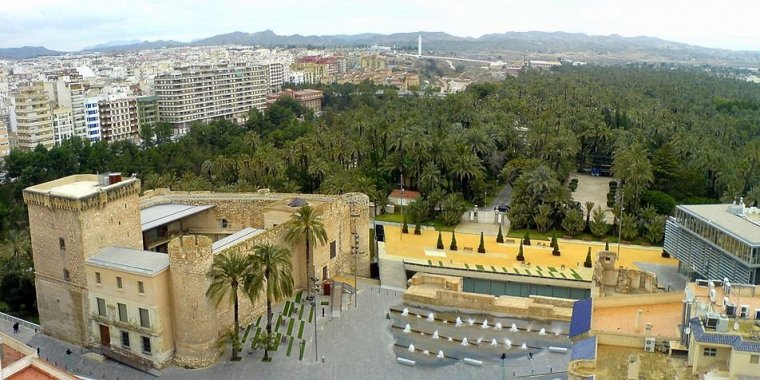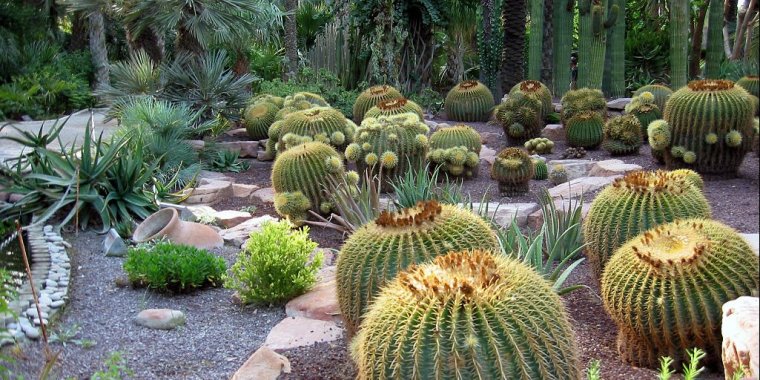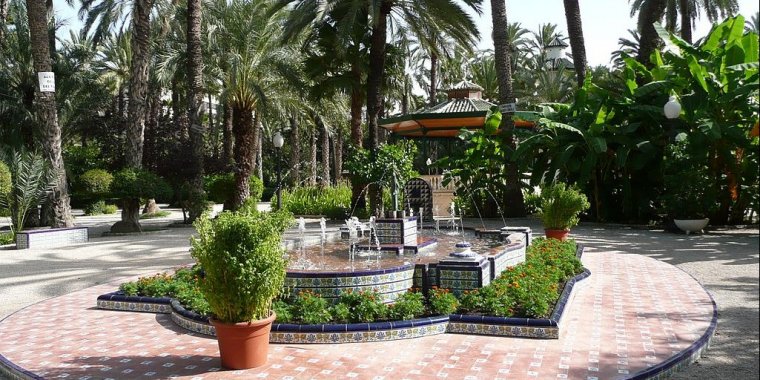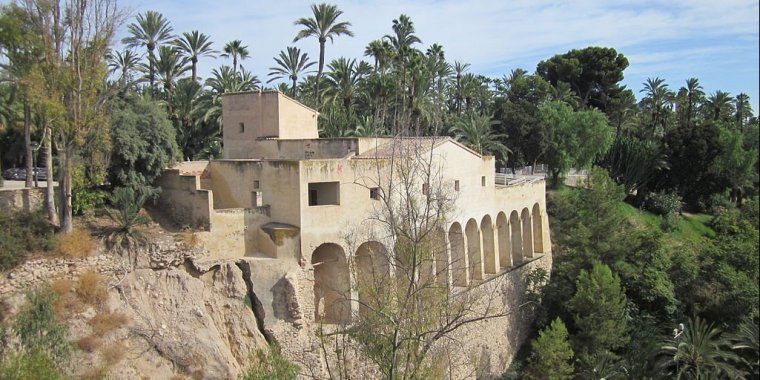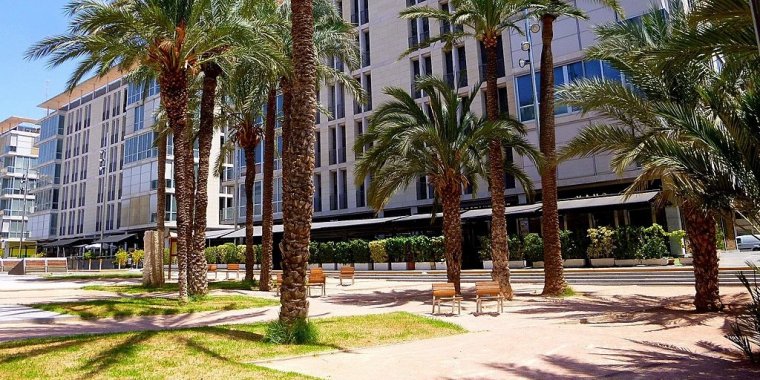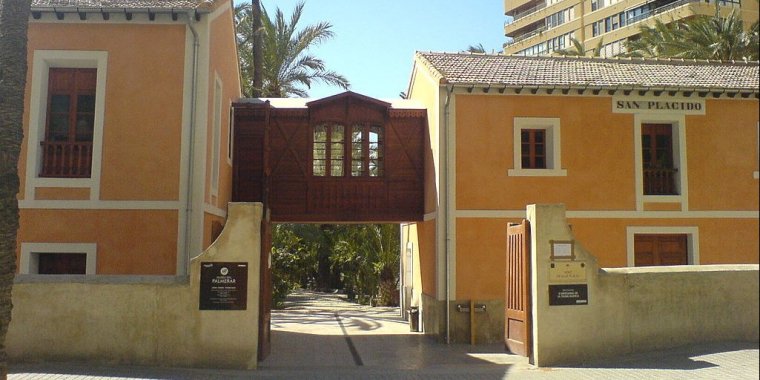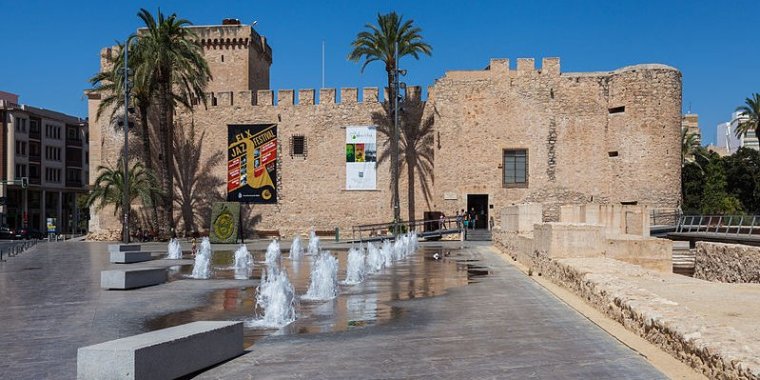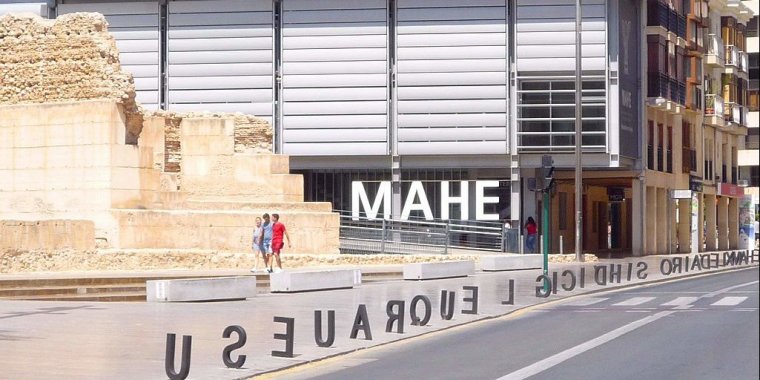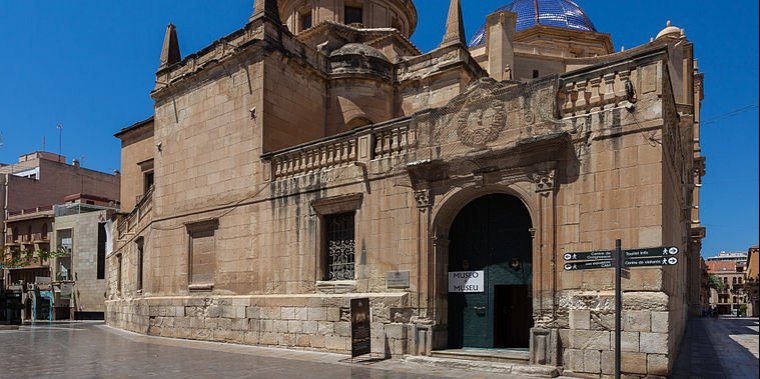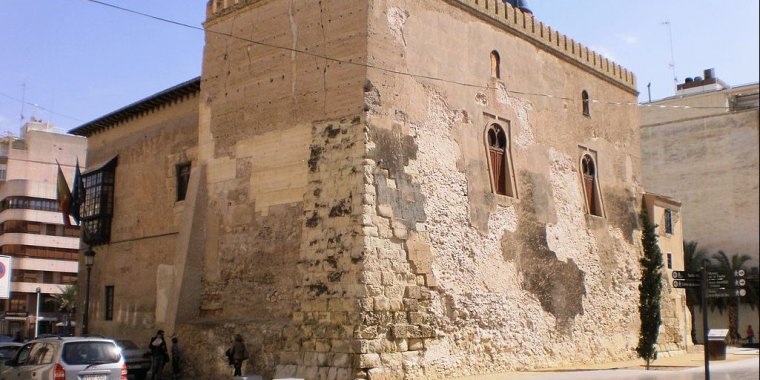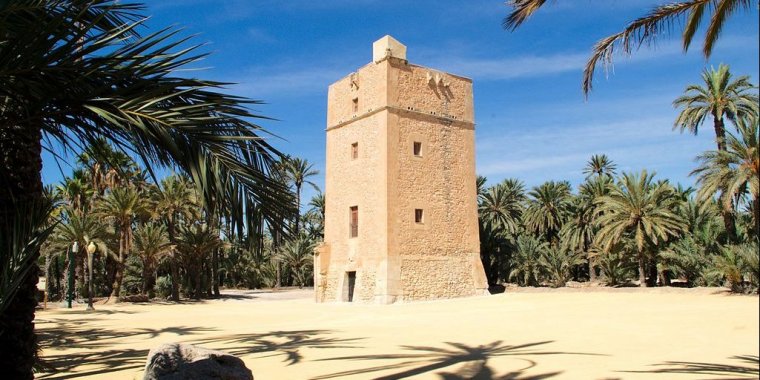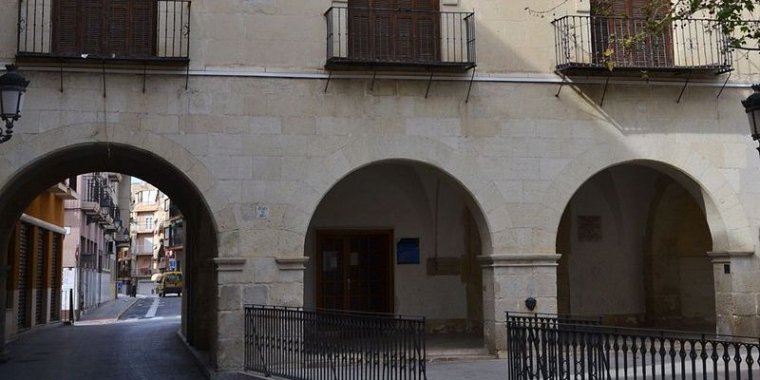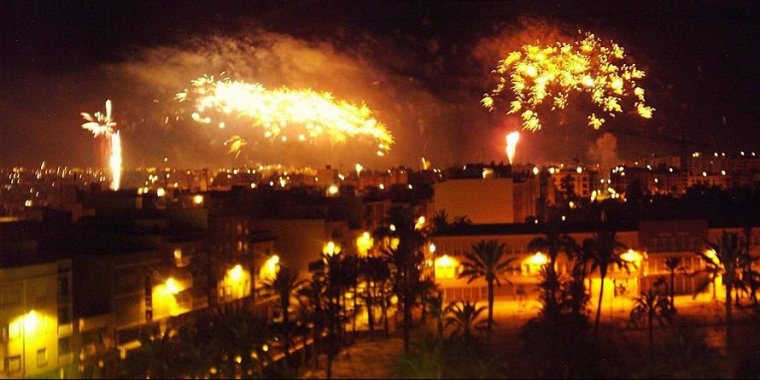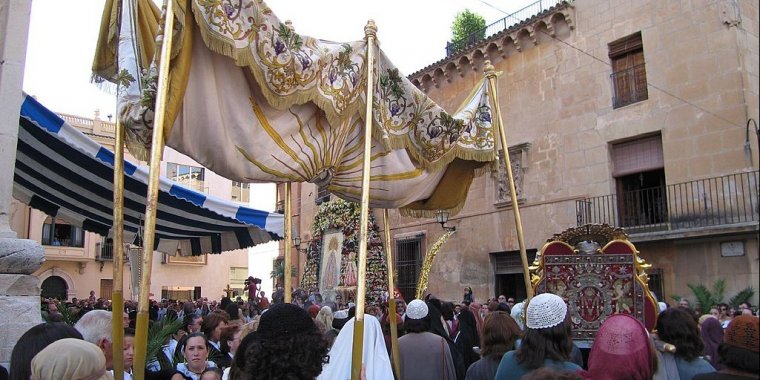| Published in Attractions / Places of Interest |
Tourist Attractions in Elche, Spain
Elche is located just outside Alicante and is the capital of the Baix Vinalopó region. The Vinalopó River divides the city in two. Elche has a history as an industrial city (especially known for its shoe industries). Today the industries are still present, but the city also offers different attractions and services for visitors — among them the huge world heritage listed palm grove.
Palmeral of Elche
One of the world's largest palm groves and the only one in Europe, this was established by the Phoenicians and expanded by the Arabs in the 8th and 9th centuries. The palmeral consists of several parts spreading across downtown. It was inscribed on the UNESCO World Heritage List in 2000.
• L'Hort del Cura (Huerto del Cura), C/ Porta de la Morera, 49. Daily. In addition to well-maintained palm trees, this private botanical garden features lovely water fountains and cactus gardens. €5 (adults), €3 (concessions), €2.50 (children/residents).
• Parc Rei Jaume I (Parque Rey Jaime I). This municipal park was created by combining two semi-abandoned palm groves, and has been transformed by the planting of new date palms as well as fruit and ornamental trees and native grasses. Free.
• Parc Municipal (Parque Municipal), Paseo de la Estación, s/n. Nov-Mar daily 07:00-21:00, Apr-Oct daily 07:00-23:00, Aug daily 07:00-23:45. Comprised of several individual palm groves, the largest of which was granted to the city in the 17th century by a wealthy landowner. Free.
• Molí del Real. An 18th-century water wheel, which once was powered by a channel of the Vinalopo River.
• Parc del Filet de Fora (Parque del Filet de Fora). The second largest park in the city after the Municipal Park, it was created in the 1990s by combining five individual palm groves. Free.
• Museu del Palmerar (Museo del Palmeral), C/ Porta de la Morera, 12. Tu-Sa 10:00-14:00 15:00-18:00, Su/holidays 10:00-14:00. Housed in a 19th-century farmhouse, this museum is devoted to date palms and the fronds used for Palm Sunday rites. Admission includes entry to the nearby palm grove and garden. €1 (adults), €.50 (concessions); free on Su.
Monuments and museums
• Palau d'Altamira (Palacio de Altamira / Alcázar de la Señoría), C/ Diagonal del Palau, 7. M-Sa 10:00-18:00, Su/holidays 10:00-15:00. First built by the Moors between the 11th and 13th centuries; the large southern tower dates from this period. The palace was expanded during the 15th and 16th centuries, and again in the 18th century. In the 20th century the building was used as a prison, and finally restored at the end of the century. It now houses a portion of the Archaeological Museum and is occasionally serves as a venue for cultural events. Admission combined with Museu Arqueològic: €3 (adults), €1 (concessions); free on Su.
• Museu Arqueològic i d'Història d'Elx (Museo Arqueológico y de Historia de Elche (MAHE)), C/ Diagonal del Palau, 7. M-Sa 10:00-18:00, Su/holidays 10:00-15:00. Housed in a refurbished former textile factory, the museum presents artifacts dating from the Neolithic period to the 15th century CE. Part of the exhibition area incorporates a portion of the Alcazar. Admission combined with Palau d'Altamira: €3 (adults), €1 (concessions); free on Su.
• Banys Àrabs (Baños Árabes / Arab Baths), Paseo de les Eres de Santa Llúcia, 14 (beneath the Convent de la Merced). Tu-Sa 10:00-14:00 15:00-18:00, Su/holidays 10:00-14:00. Moorish baths built in the mid-12th century, restored in 1998. An audiovisual presentation is available in English. €1 (adults), free (students/seniors/disabled); free on Su.
• Basílica de Santa Maria (Basílica de Santa María), Plaça del Eucharistic. Tower: Oct-May daily 10:30-15:00, Jun-Sep daily 11:00-19:00. The church was built in the late 17th to early 18th centuries in the Spanish Baroque style, on the site of an earlier mosque, and is the venue for the annual Misteri d'Elx.
Good views of palm groves and the city of Elche can be had from the top of the church tower, with 170 steps to the top. Inside the tower itself are three rooms, formerly inhabited by the bell-ringer with his family, with photographic displays on the church facade and the Misteri d'Elx. €2 (adults), €1 (children under 10), free (children under 5).
• Yacimiento Arqueológico L'Alcúdia (L'Alcúdia Archaeological Park), Carretera de Dolores, km 1.5 (on the CV-855 motorway to Dolores). Archaeological site and interpretation centre: Tu-Su 10:00-20:00 (ticket ofc closes at 18:00); Museum: Tu-Sa 10:00-18:00. This archaeological site extends over 10 hectares, and was inhabited from the Bronze Age to the Islamic period.
The most famous discovery made here is the Iberian sculpture Dama de Elche, now located in the National Archaeological Museum in Madrid. Also onsite are an interpretation centre and a museum showcasing many artifacts discovered during excavations. €5 (adults), €2 (students/children), free (children under 6).
• Torre de la Calaforra (Torre de la Calahorra / Calahorra Tower), C/ Uberna, 14. Tu-Sa 10:00-14:00 15:00-18:00, Su/holidays 10:00-14:00. Formerly part of the city wall (now no longer extant), this tower was originally Muslim and built from the late 12th to early 13th centuries. Originally a full ten metres higher than now, neglect and an earthquake took their toll and the upper two floors had to be dismantled. From the 15th to 20th centuries it was used as an aristocratic residence and can now be visited. €2 (adults), €1 (concessions), free on Su.
• Torre Vaillo de Llanos (Vaillo de Llanos Tower), Hort de la Torre (Municipal Park). Su 11:00-14:00. This watchtower was built in the late 15th and early 16th centuries as part of a defensive network. Now owned by the city, it has been fully restored and is used for temporary exhibits. Visitors can climb to the top for a good view of the surrounding palm groves. Free.
• Museo de Arte Contemporáneo (Museum of Contemporary Art), Plaça del Raval. Tu-Sa 10:00-14:00 15:00-18:00, Su and holidays 10:00-14:00. Initially established as a gallery for a local artists' cooperative, the museum now showcases a range of modern and contemporary art from the region and from across Spain. €2 (adults), €1 (concessions), free on Su.
• Centre d'Exposicions (Exhibition Centre), Plaça de San Juan. A venue for temporary art exhibits organised by the Museum of Contemporary Art.
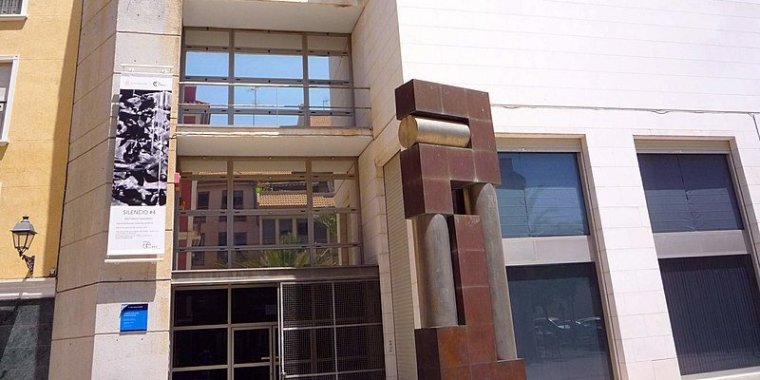
Centro de exposiciones del Museo de Arte Contemporáneo. ![]()
Festivals
• Processó del Diumenge de Rams d'Elx (Procesión del Domingo de Ramos de Elche / Palm Sunday Procession). One week before Easter Sunday. In this annual celebration tens of thousands of residents proceed through the streets to the city centre, carrying locally-produced palm fronds woven into sometimes elaborate constructions. The procession itself has been dated to 1371, while the first use of palm fronds dates to 1429. It is listed as a 'Festival of International Interest' by the Spanish government.
• Elx al Carrer. Early June. One of the largest street theatre festivals in the country.
• Mostra de Teatre Dama dÉlx, Carrer Kursaal, s/n (Gran Teatro). Late June. Two weeks of free amateur theater performances.
• Mostra de Teatro de Enseñanzas Medias. Late June. Dramaturgy students perform their final work of the semester.
• Moros i Cristians (Moros y Cristianos / Moors and Christians). 7-11 August. Like many other communities in Alicante, Elche celebrates the Christian Reconquista of the city with a festival of parades and reenactments. Key events include the Entrada Mora ('Entry of Moorish troops'), in even years on 8 August in even years and 10 August in odd years; the Entrada Cristiana ('Entry of Christian troops'), in even years on 10 August and in odd years on 8 August; and the Embajadas (Embassies), with a reenacted battle and meetings of the Moorish and Christians embassadors in the 2 plaza by the Altamira Castle.
• Nit de l'Albà (Noche de la Alborada / Night of the Alborada). 13 August. This annual celebration is held in honor of the Assumption of Mary. In a tradition dating to the Middle Ages, local residents begin setting off numerous firecrackers at 23:15; this was originally a way for families to thank the Virgin for their children. At midnight there is a giant fireworks display which reaches a height of 300m and resembles a giant palm tree; the entire city is illuminated for one minute.
• Misteri d'Elx (Misterio de Elche / Mystery Play of Elche), Basílica de Santa María (ticket sales). Rehearsals: 11 and 12 August at 22:30, 13 August at 17:30; performances: 14 August at 18:00, 15 August at 10:00, 18:00. A medieval lyrical work performed annually since the late 15th century. The liturgical drama celebrates the Assumption of Mary, and in 2001 was listed by UNESCO as a 'Masterpieces of the Oral and Intangible Heritage of Humanity'.
The final performances on 14 and 15 August are free, but due to the enormous popularity it is advisable to get there several hours in advance. On even-numbered years there are extra performances on 29 and 30 October (ticketed) and 1 November (free). Rehearsals: €7-56; final performances: free; ticket sales begin in May and can be purchased online.
• Festival Medieval d'Elx (Festival Medieval de Elche / Elche Medieval Festival), Concejalía de Cultura. End of October to the beginning of November. The medieval cultural heritage of the city comes to life, with medieval music performances, plays, and workshops. (Wikivoyage)
See also Elche in Pictures.
YOU MAY ALSO LIKE

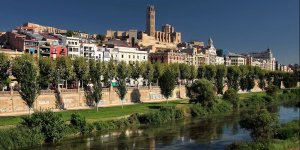


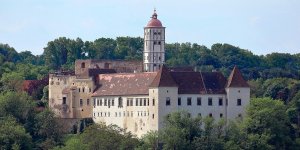

 If you own or manage a travel-related business such as a hotel, a bed-and-breakfast, a restaurant, a pub or a cafeteria, you can create a web page for your business for free on Titi Tudorancea Travel Info. » |
